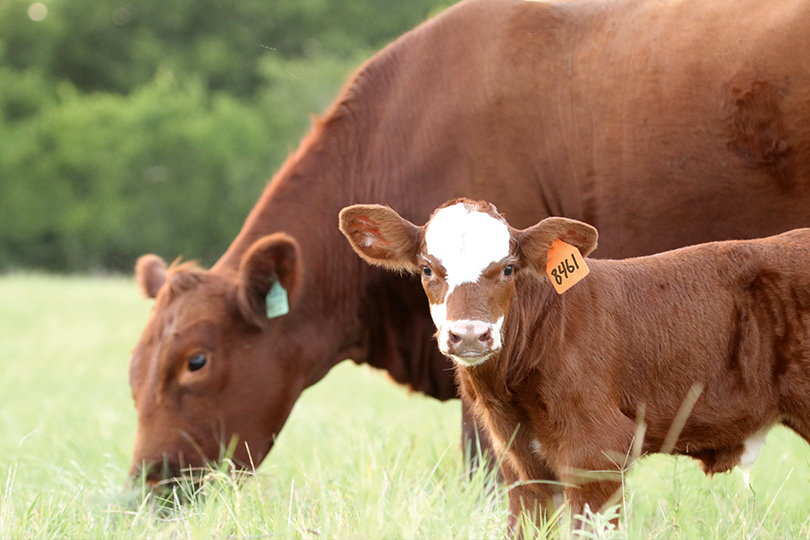By Shelby Shank
Field Editor
Extreme drought conditions have dissipated in Texas, but rebuilding the beef cow herd won’t happen overnight.
“Ranchers aren’t going out and buying a large number of cows or heifers and restocking,” Tracy Tomascik, Texas Farm Bureau associate director of Commodity and Regulatory Activities, said. “We’ll see more ranchers hold on to some females as replacements, and that slow but steady incremental process will build us back to larger inventory levels over time.”
U.S. cattle producers have seen this cycle before following the drought of 2011, but Senior Rabo AgriFinance’s Beef Analyst Lance Zimmerman says this time is different.
The U.S. culled the beef cow herd at 13.5%, prior to the record of 12.5%, according to Zimmerman.
The U.S. Department of Ariculture’s cattle inventory report from Jan. 1 reflected a four-year decline in numbers, landing at 28.9 million head. That’s the smallest beef cow herd since 1962, according to Rabo AgriFinance’s first-quarter Global Beef Quarterly Report released in February.
Heifer placements in feedyards were record-high on Jan. 1 with heifer calf sales staying strong. This resulted in limited numbers of young heifers on ranches that can be put into production to quickly rebuild the herd.
With expected weather patterns switching to El Niño, 2023 is still likely to be dry and will affect feedstocks.
Zimmerman noted hay stocks are the tightest they’ve been since the 1970’s due to drought. The feeding segment is struggling with $6 corn on the future bases with some southwest Kansas feedyards facing a local cash market at $1.50 to $2 over the future price.
“We went through this in the early 2000s, with the Renewable Fuel Standard propping up the corn market with ethanol demand,” Zimmerman said. “That’s great for our grain farmers—nothing against them in that—but we’re repeating that again with the renewable diesel. And when you have $15 soybeans, you have to keep prices for corn high because there’s only so many acres to go around.”
At the same time, consumers are tightening their wallets with concerns about the economy.
“We saw record-high beef prices post-pandemic in about October 2021,” Zimmerman said. “We’ve pulled back about 40 cents per pound since then. But, if we’re talking about needing to get calf prices to, let’s say, $3 a pound, we probably need to get beef prices to $8 to $9 per pound on the retail side.”
Poultry and pork are competing for consumer dollars, but
cash-conscious consumers are still reaching for ground beef, Zimmerman said.
“Ground beef is pretty hard to beat, and really, the price data would back it up,” Zimmerman said. “You can take the ground beef price paid at retail against the chicken breast or against the pork chop, bacon, roasts, steaks, and there’s really only two items that ground beef hasn’t continued to gain a premium over. That’s bacon and steaks. Otherwise, it continues to grow in a premium price advantage to all the other protein categories, and that’s pretty fascinating.”
But will ranchers want to rebuild? That’s the question Zimmerman said will be important to consider. The last U.S. Census of Agriculture in 2017 reported the average age of beef cow producers was 57, which is 10 years older than any other livestock producer.
“How do we make sure that we keep those ranches, farms operable, even if ownership changes?” Zimmerman asked.
The cow-calf sector is about 90% owned and operated by ranchers with 200 head or less, according to Zimmerman. With increasing pressure to implement and record sustainability measures, cattle ranchers will need to decide if they want to rebuild and how changes in the beef cattle industry will affect their ranch and operating practices.

